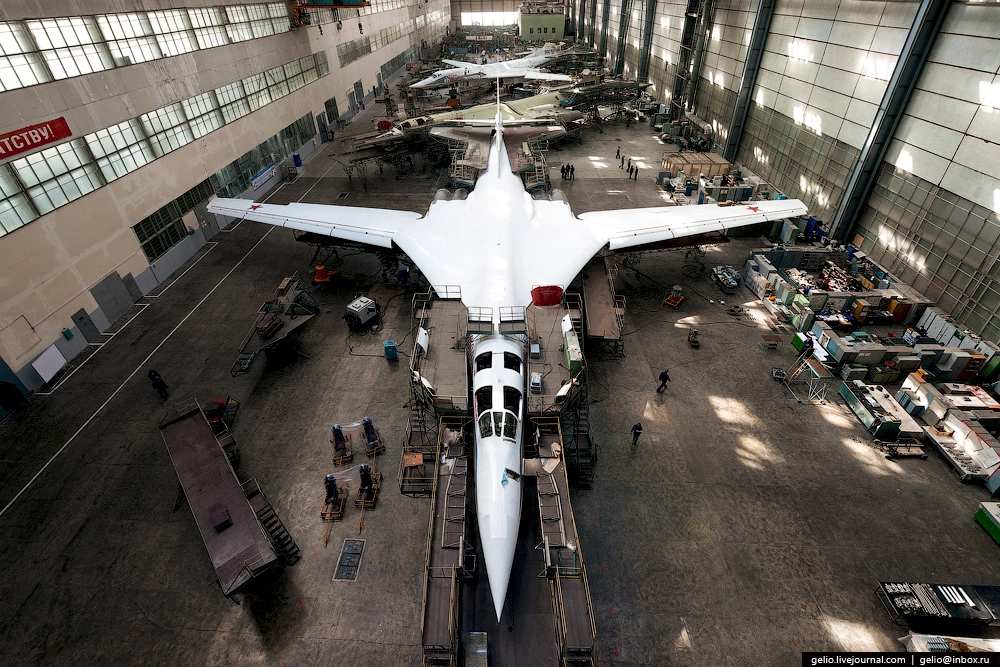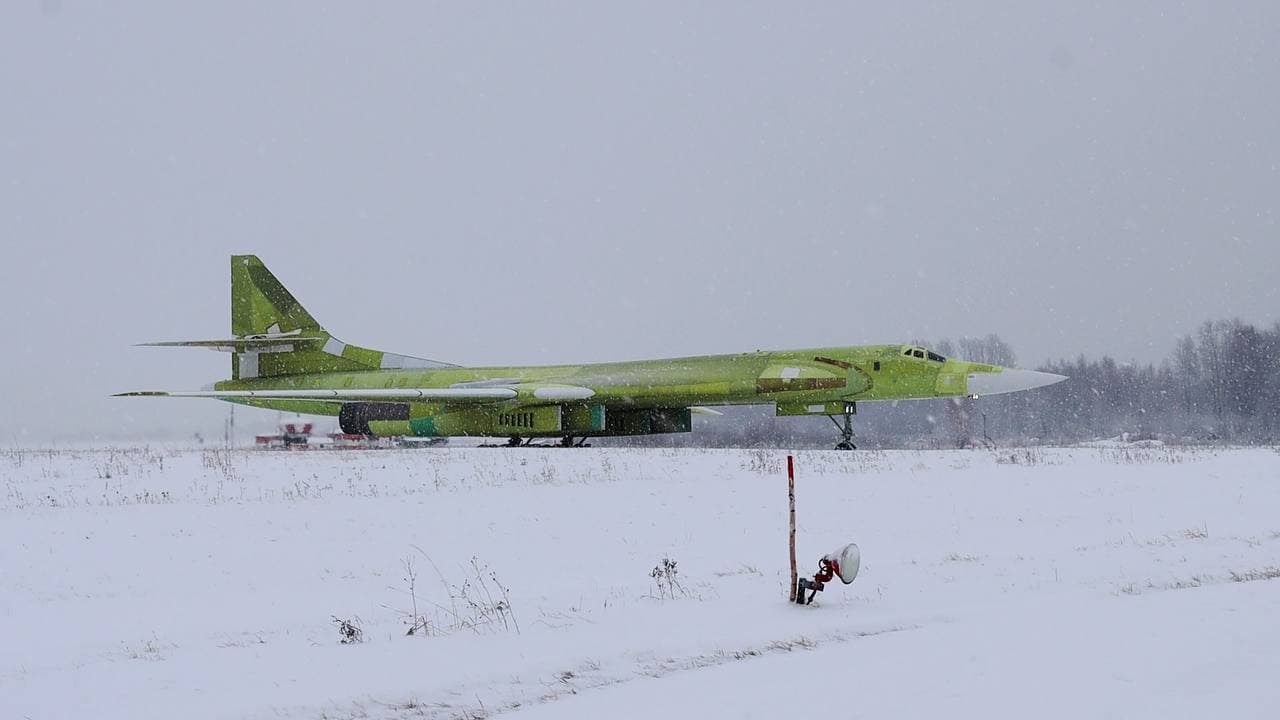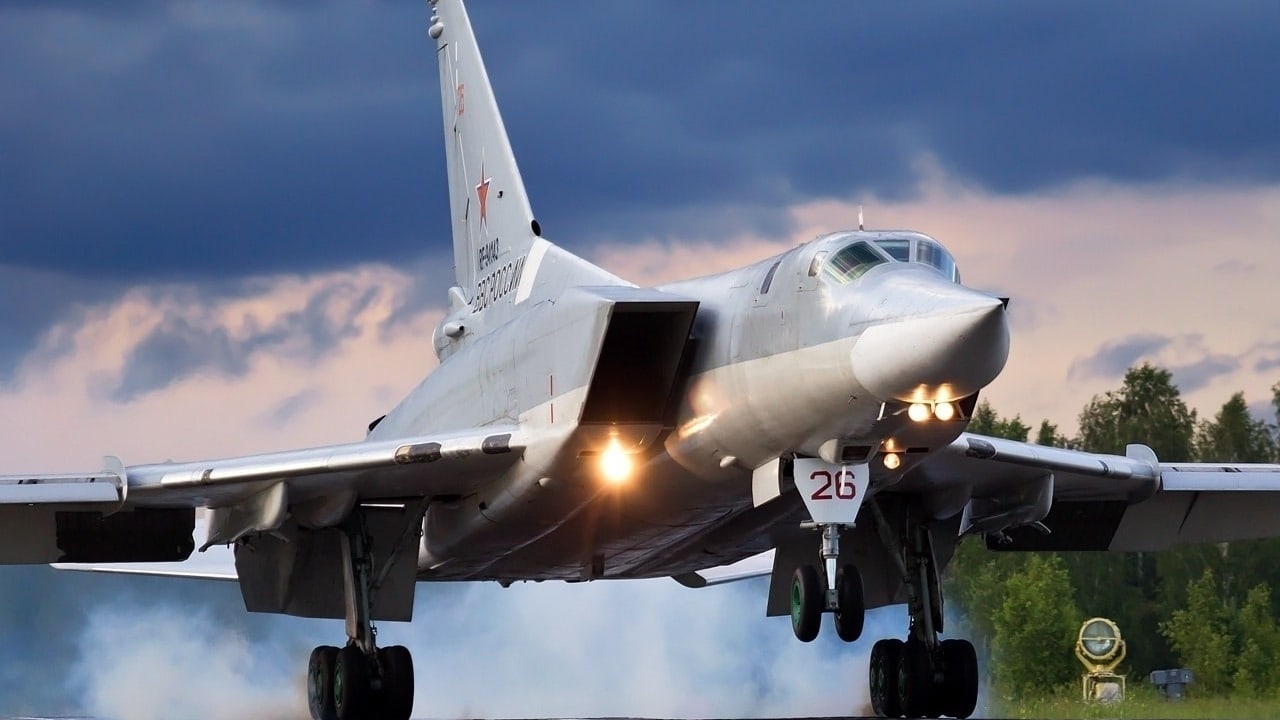
The actual number combat-ready aircraft of russia’s strategic aviation is much less than the declared “on paper”
The Tu-160, also known as the Blackjack, is a supersonic variable-sweep wing strategic bomber capable of carrying both conventional and nuclear weapons. The Tu-22M3, also known as the Backfire, is a long-range strategic bomber primarily used for maritime strike missions.
To obtain the most accurate and up-to-date information on the development, modernization, or completion plans for the Tu-160 and Tu-22M3 bombers, I recommend referring to official statements from the Russian government, defense industry sources, or reputable news outlets that cover military aviation and defense matters. These sources will provide the latest information on any updates or plans related to these aircraft and their capabilities.

On December 30, 2022, russia’s PJSC United Aircraft Corporation announced that it had completed the production of modernized Tu-160M bombers (another version of the designation is the Tu-160M2 for new units). Further, these aircraft must pass the entire necessary set of tests, the flights have not yet been carried out after being rolled out of the Kazan Aviation Plant workshops.
The specifics of the situation is that the first of these two jets is a combat bomber of the russian Air Forces, while the second is made from components left over from the times of the USSR. In 2022, russia’s PJSC United Aircraft Corporation announced handing over of two Tu-160s made from Soviet stocks (the first flight took place in January 2022).

The Kremlin hopes to increase the fleet of its strategic aircraft. But since the project to develop a promising bomber under the “PAK DA” index failed, russia’s Ministry of Defense decided to choose the Tu-160M as an “easier” option to implement. Moreover, during 1994, the russian Air Force received six bombers of this type from the Kazan Aircraft Plant, and two more in the 2000s. And so it may seem to the Kremlin that modern russia is quite capable of continuing to manufacture such aircraft.
But the nuance is that now russians need to restore the entire Tu-160 production chain literally from scratch. That’s why the decision arose to use as an “intermediate option” the completion of bombers from those workpieces that have been available in the factory docks since the time of the USSR. There is no data in open sources about approximate number of these boards.

In December 2022, an information appeared in open sources, saying that russia could have begun the completion of six Tu-22M3 bombers after 30 years of waiting due to lack of money back in 1993. These are ready-made gliders, without engines and on-board electronics. The Ministry of Defense of the russian federation and the Kazan Aviation Plant began negotiations on the completion of these aircraft as early as 2021. Two questions immediately prevented an agreement: how to estimate the cost of the planes, and where to get the engines for them.

The very story of the production of bombers from components that are at least 30 years old can look grotesque. But russians themselves may consider this a relatively quick and reliable way to replenish the fleet of their strategic aviation, where the average age is calculated in the range of 30-40 years. Especially in situations where the number of actually combat-ready aircraft can be calculated at the level of 60% (according to the assessment of the Main Directorate of Intelligence of the Ministry of Defence of Ukraine) of the declared information “on paper”.






